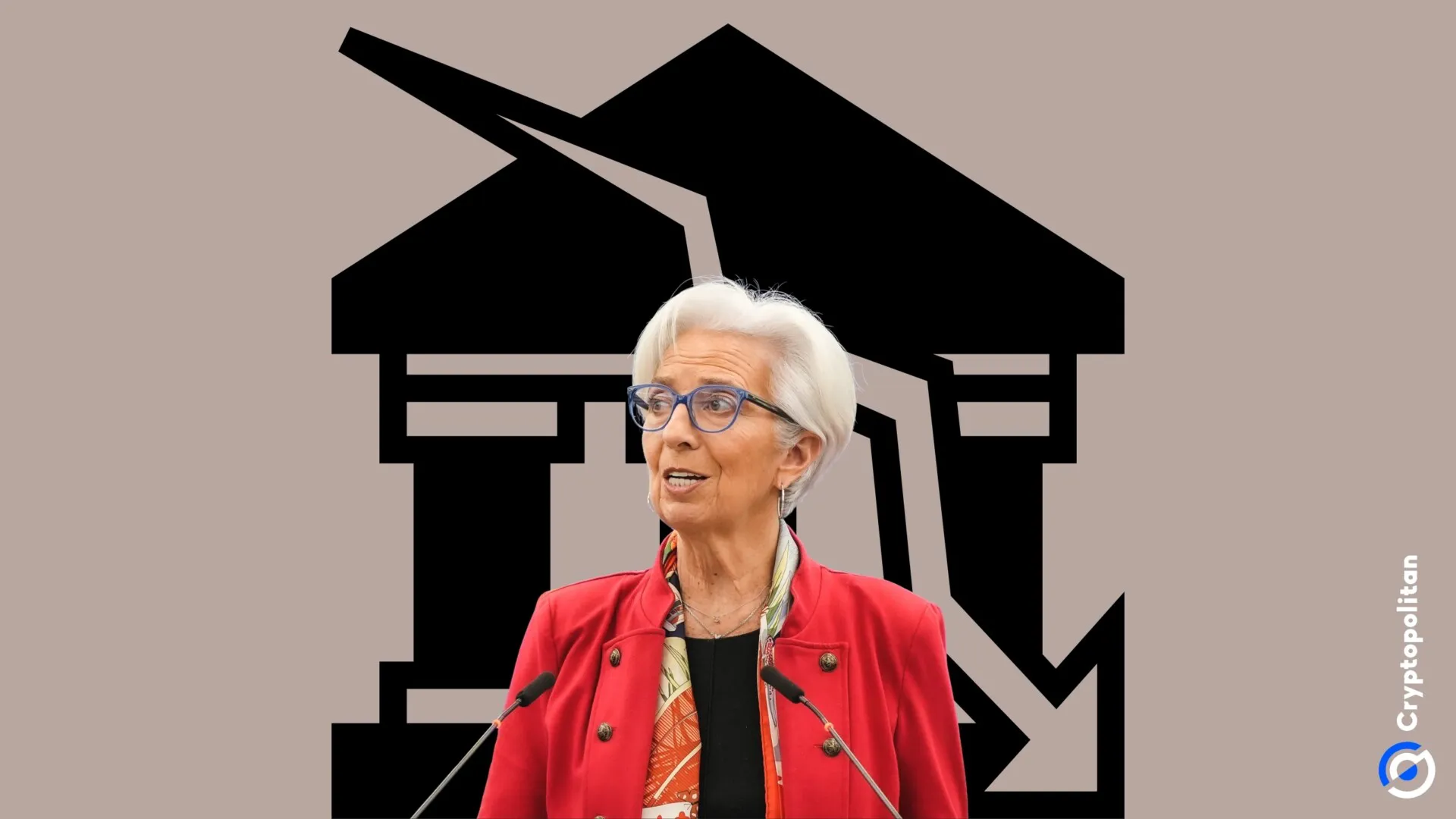Christine Lagarde, the head of the European Central Bank, believes the global economy is in deep trouble, and about to hit a recession.
She drew comparisons to the 1920s, when economic instability and bad decisions led to the Great Depression.
But this time, it’s not just one thing causing the problem. It’s a trifecta of disasters.
We’ve had the worst pandemic since the 1920s, the biggest conflict in Europe since World War II, and an energy crisis on par with the oil shock of the 1970s.

Supply chains are messed up, global trade is faltering, and we’re seeing technological developments the world struggles to keep up with.
Same problems, new century
In the 1920s, countries made some stupid decisions by sticking to the gold standard, which led to deflation and bank collapses.
Everyone got scared and started closing off their economies, which only made things worse.
That’s how we ended up with “economic nationalism,” which is just a fancy way of saying countries started looking out for themselves and shutting down trade with everyone else.
It was a disaster.
But thankfully, as Christine pointed out:
“We are in a better position today to address these structural changes than our predecessors were.”
One of the big issues Christine talked about was inflation, which went nuts after the pandemic. Supply chains got disrupted, and the war in Ukraine made energy prices skyrocket.
So the ECB had to step in and start raising interest rates last year to get things under control.
And it worked. Sort of.
Inflation in the Eurozone peaked at 10.6% in October 2022 but then dropped to 2.2% by August 2023. She called this whole mess an “extreme stress test” for central banks.
It’s rare to see inflation drop that fast without a bunch of people losing their jobs. But somehow, they managed it. In fact, since the end of 2022, 2.8 million more people have found jobs in the Eurozone.
The ominous yield curve
Then there’s the yield curve, which I guess is like a crystal ball for predicting recessions.
Usually, long-term bonds have higher yields than short-term ones because investors want to be paid more for locking up their money longer.
But when short-term yields are higher, it means investors think things are going to get bad. This so-called “inversion” has happened before every US recession since 1980.

For over two years now, short-term bonds have had higher yields than long-term ones. It flipped back to normal a couple of weeks ago, though that’s not exactly good news.
Despite this, the US stock market is acting like everything’s fine. The Federal Reserve just cut interest rates by 50 basis points, and the S&P 500 hit a new high.
Fed Chair Jay Powell says the US economy is “basically fine.” But economists who trust the yield curve aren’t buying it. They think it’s just a matter of time before America collapses.
And who can blame them? Have you seen the state of its national debt?
Japan’s role
Meanwhile, Japan has its own set of issues. The Bank of Japan (BoJ) decided to keep short-term interest rates at 0.25%, saying that their economy is slowly recovering.
But they also admitted that there are a lot of uncertainties ahead.

They released a statement saying they expect the economy to keep growing above its potential rate. Basically, people are spending more, and that’s helping things along.
The BoJ even upgraded its view on private consumption, which means people are buying more stuff even though prices are going up. That’s helped keep the yen stable at ¥142.3 against the dollar.
Still though, most economists think the BoJ will raise rates again this year, maybe as soon as next month. They’re not taking any chances, especially with everything going on globally.





